Electroplating
Electroplating is a process of depositing a metal onto the other by hydrolysis, mostly to prevent corrosion of metal or for decorative purposes. The part to be coated acts as the cathode and the metal to be deposited acts as the anode which is usually either a block of metal, or of some inert conductive material. The current is provided by an external power supply. The anodes and cathodes are placed in an electrolytic cell filled with an electrolytic solution which is a solution of a salt of the metal to be coated.
Electroplating is employed by a variety of industries ranging from Automobiles to Aerospace. The major application is to optimize a material’s resistance towards corrosion. The plated layer often serves as a sacrificial coating which dissolves before the base substance. Some of the common advantages of electroplating are:
Corrosion Protection
Wear Resistance
Modifying Electrical Conductivity
Improved Adhesion
Friction Modification
Aesthetics
- Improves Corrosion Resistance
- Increases Wear Resistance
- Enhances the electrical conductivity
- Minimizes the Coefficient of Friction
- Improves Surface Uniformity
- Improves Aesthetics
Types of Electroplating:

Chrome Plating
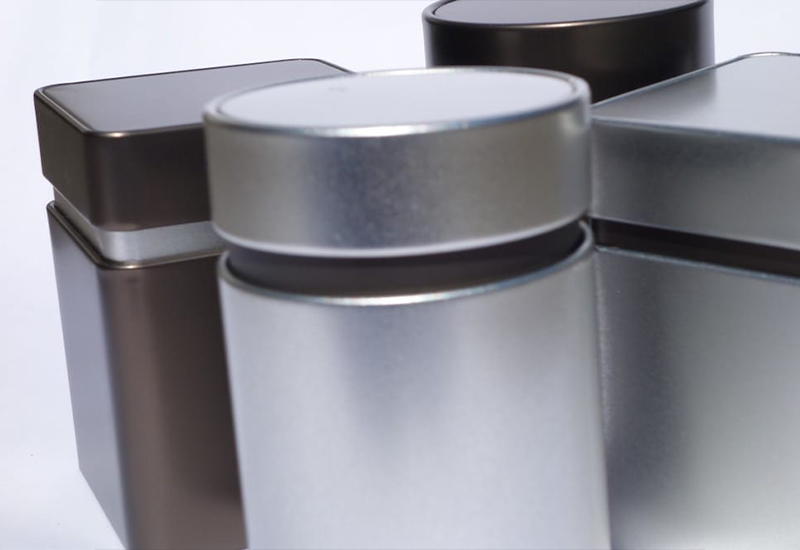
Tin Plating
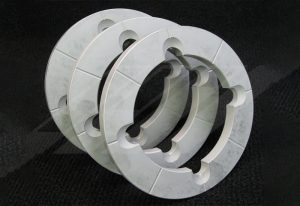
Lead Plating

Copper Plating
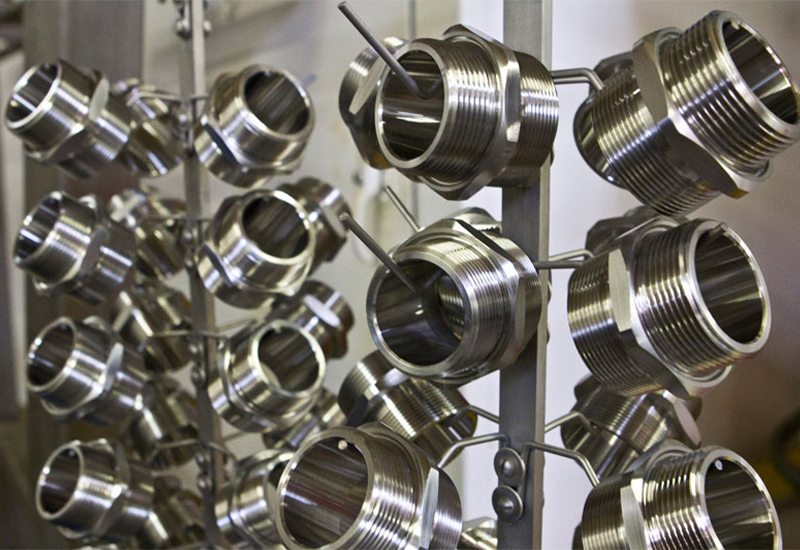
Nickel Plating / ENP

Gold and Silver Plating

Cadmium Plating
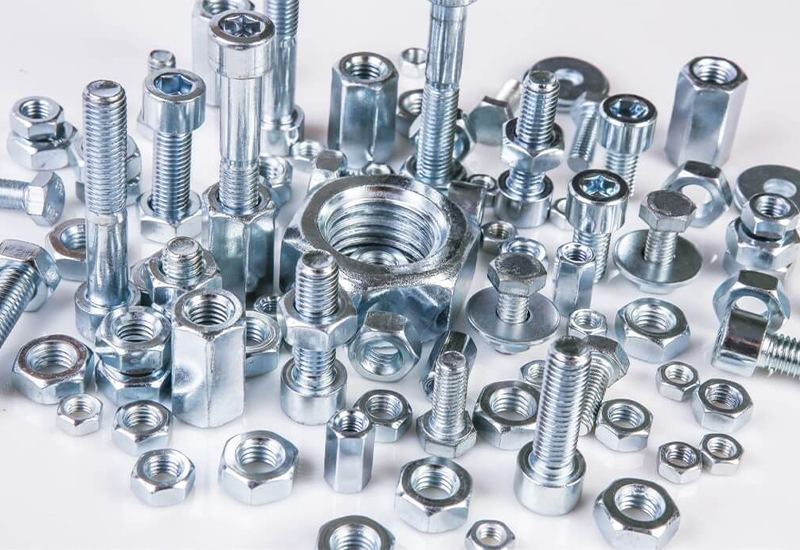
Zinc Plating
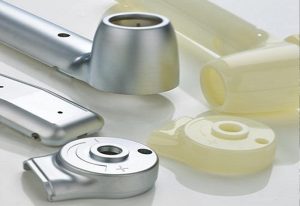
Plating on Plastics (POP) / ABS Plating
We specialise in designing and manufacturing NADCAP-approved surface finishing plants for a range of chemical processes:
Anodizing
Hard Chrome Plating
Zinc/Nickel Plating
Cadmium Plating
Electroless Nickel Plating
Passivation
Types of Plants
Rack Plant
Types of Plants
Barrel Plant
Types of Plants
Rack-Barrel Combination